Best part-shade annuals – professional gardeners recommend fast-growing flowers and foliage for shady borders
Even in darker yards, annual plants will add color and interest up until the first frost


Most backyards have beds and borders that sit in the shade. While shade in the garden can be a challenge if you are looking to grow flowers, do not despair. If you must garden in the shade, there are fortunately plenty of fast-growing flowering annuals that will illuminate darker areas.
Annual plants come and go within one season, which means that each year, you can grow new things and try different colors, textures and forms. When working as a professional gardener in the UK and Italy, I often found that using annuals in borders was a way to update floral displays, keeping the garden fresh and interesting. Annuals are an opportunity, I think, for us gardeners to be creative and show a little personality.
Here, plant experts share some of the best part-shade annuals to grow this year, helping to brighten up darker spots in the yard with pops of floral color and interesting foliage.

Best part-shade annuals
Some of the best annual flowers can be grown in shady yards, helping to add bright blooms and attractive foliage to tricky areas under large trees or shrubs. Part-shade annuals typically need 3 to 6 hours of sunshine each day, and while many can tolerate less light, this would result in fewer blooms.
1. Begonias
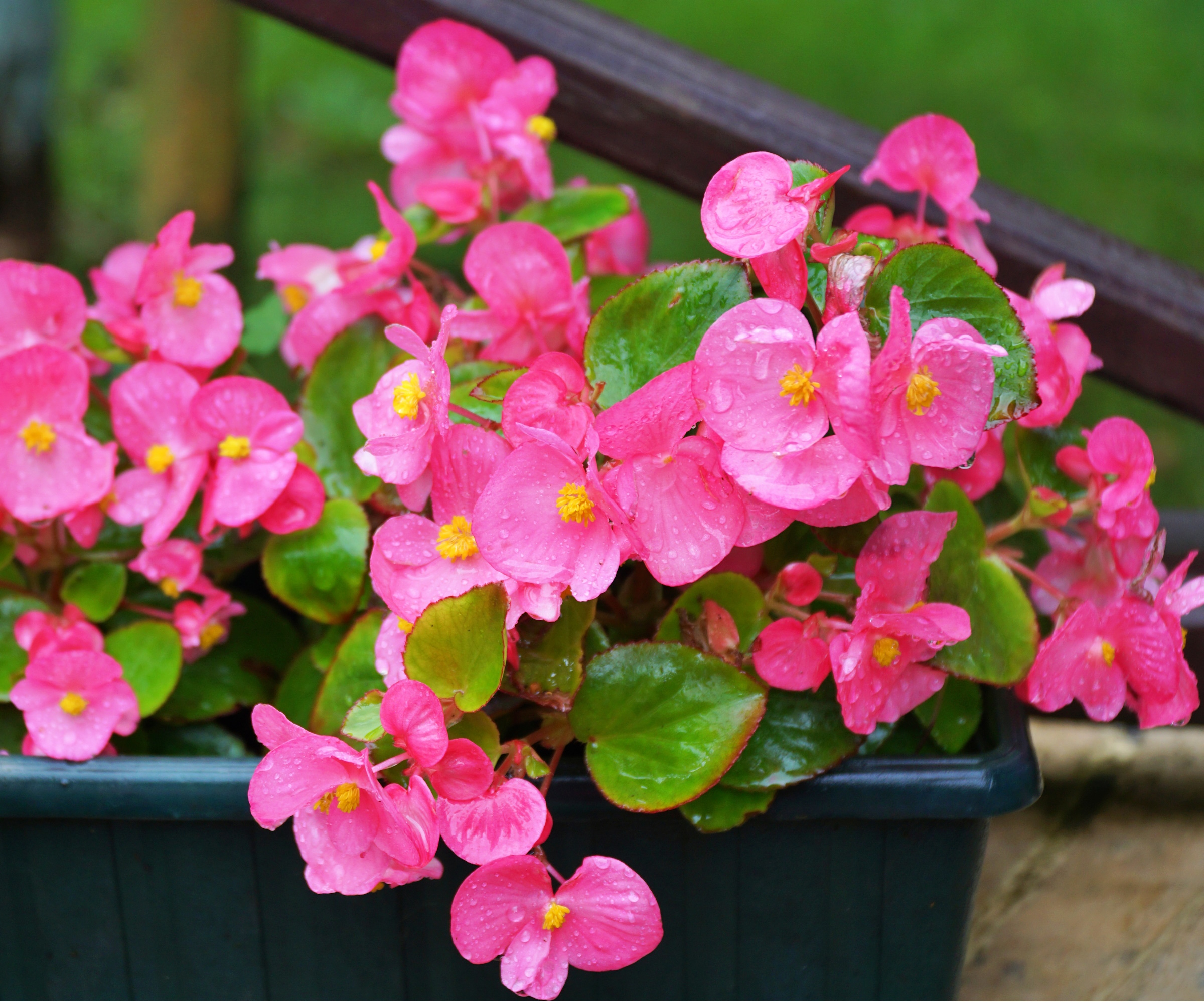
'Begonia plants are known for producing colorful summertime blooms, in striking displays of pink, red, white, orange or yellow,' says Lee Miller, expert gardener and owner of Landscape Design By Lee, a garden design company based in Long Island.
'There are many varieties available to choose from,' Lee continues, 'and many do best when grown in dappled shade.' For this reason, begonia plants can thrive when grown under large shrubs, or why not try to grow begonias in pots in shady yards?
'I always suggest planting begonias in an area with morning sun and afternoon shade or dappled shade throughout the day,' Lee says, 'ideally with well-draining soil.'
'Deadheading faded begonia blooms will encourage fuller plants and even more flowering throughout the summer, blooming right through until the fall.' In warmer zones, such as US hardiness zone 9, begonias can survive the winter months, but in northern, cooler regions, these plants should be treated as annuals.
Begonia plants are available to order online from Walmart.

Lee is a landscape designer and garden consultant, and the owner of Landscape Design By Lee. She is a Long Island native and has been involved in the horticultural industry for 28 years. She is the author of five books, including 'Shade Gardening for the Northeast and Mid-Atlantic: A Guide to Planning the Ultimate Shade Garden'.
2. Tradescantia
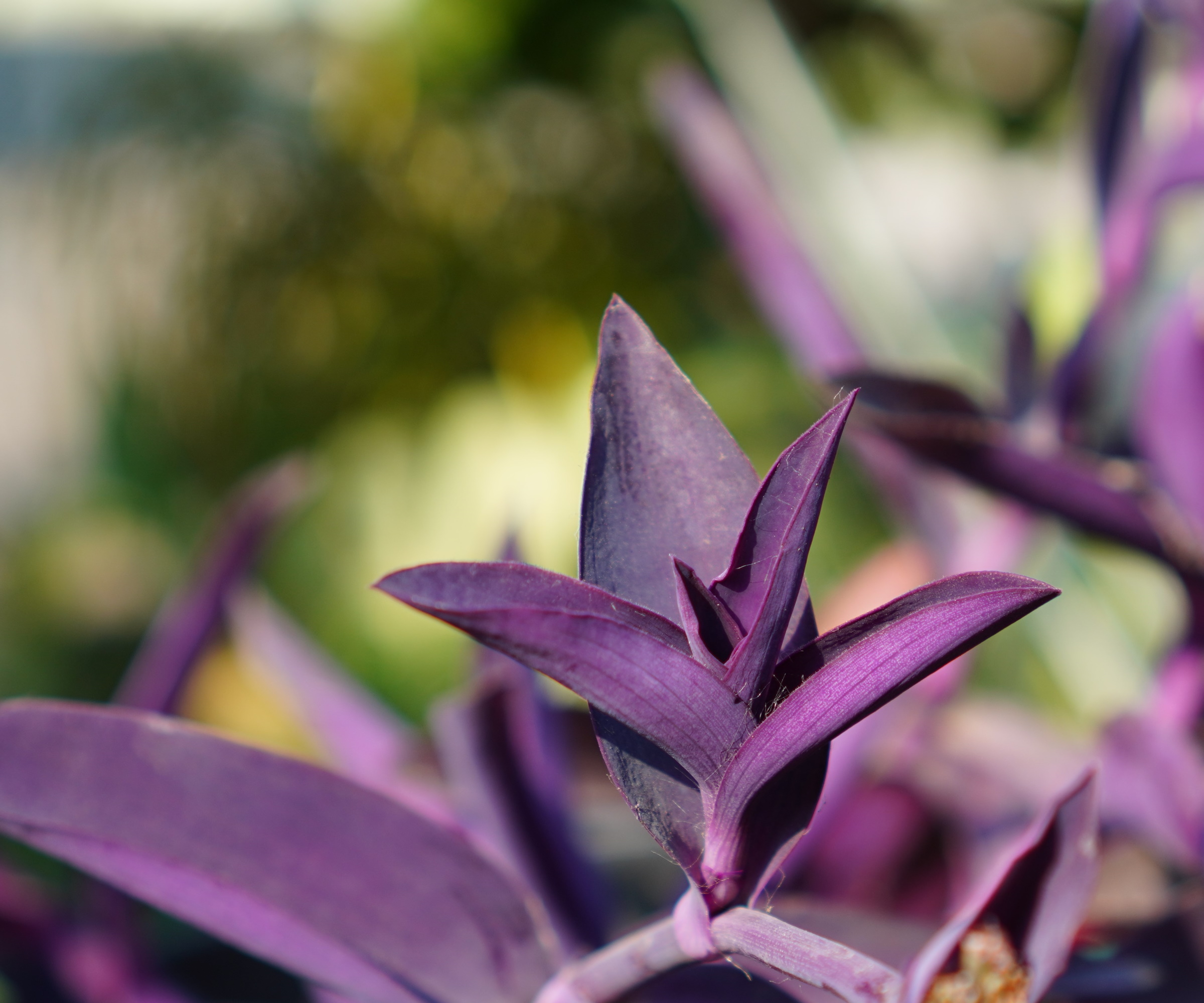
Many gardeners will know tradescantia, or spiderwort, as an indoor plant, but these plants can thrive outside during the warmer months. These are low-maintenance and unfussy plants, and learning how to grow tradescantia is not complicated. With a preference for part-shade and moist but free-draining soils, these plants can be grown as annuals in cooler, temperate regions.
One of my favorite varieties to grow is Tradescantia virginiana, native to prairies and grasslands across the US, notably found growing throughout much of the Blackland Prairies of Texas. With attractive, spear-like foliage and purple blooms, Tradescantia virginiana will thrive in a part-shade position.
I have grown this species in pots in a London courtyard garden, and the three-petaled purple blooms were an impactful addition. These flowers are ephemeral, opening only for one morning before new flowers emerge the following day. This short-lived nature makes the plant even more special, I think.
There are many unique tradescantia plants, available from Walmart, to grow. Several varieties have purple or variegated foliage, so consider adding a unique specimen to the yard.
3. Pansies
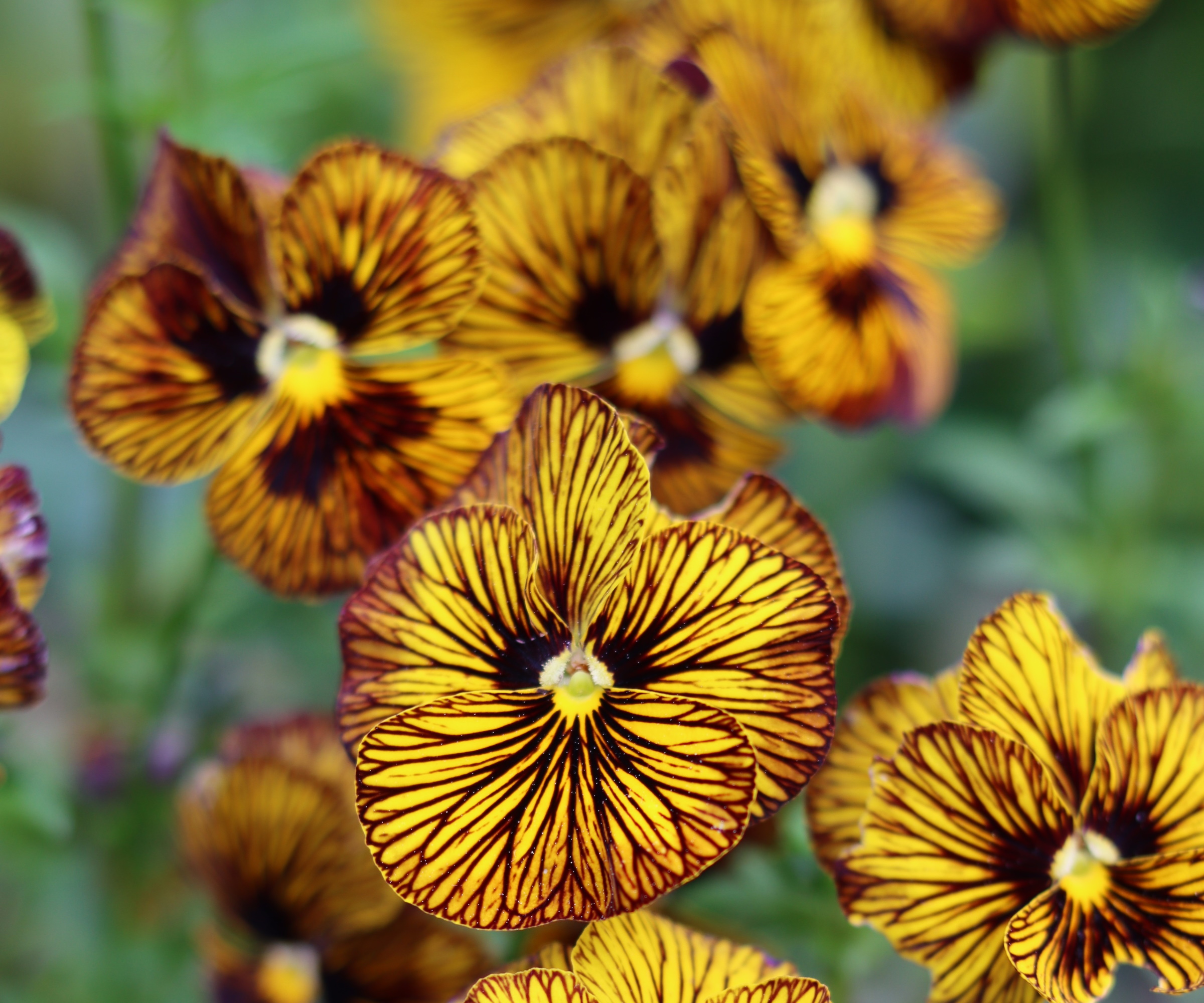
'Pansies are classic bedding plants, useful for adding color to beds and containers during the spring and summer months,' says Rachel Bull, head of gardens at Homes & Gardens. 'Anyone can learn how to grow pansies, and I would always recommend this annual for new or beginner gardeners.'
'Pansies grow happily almost anywhere during the summer months, regardless of which US hardiness zone you live in,' Rachel continues. Many varieties of pansies and violas can be grown in partially shaded spots, 'growing just fine with only a few hours of direct sun per day'.
One attractive variety to grow is the superbly named 'Tiger Eye', as seen in the image above. With striking yellow flowers that have dark markings, this variety performs best when grown in a container under taller annuals and perennials, such as dahlias or cosmos.
Viola 'Tiger Eye' seeds are available to buy online from Amazon.
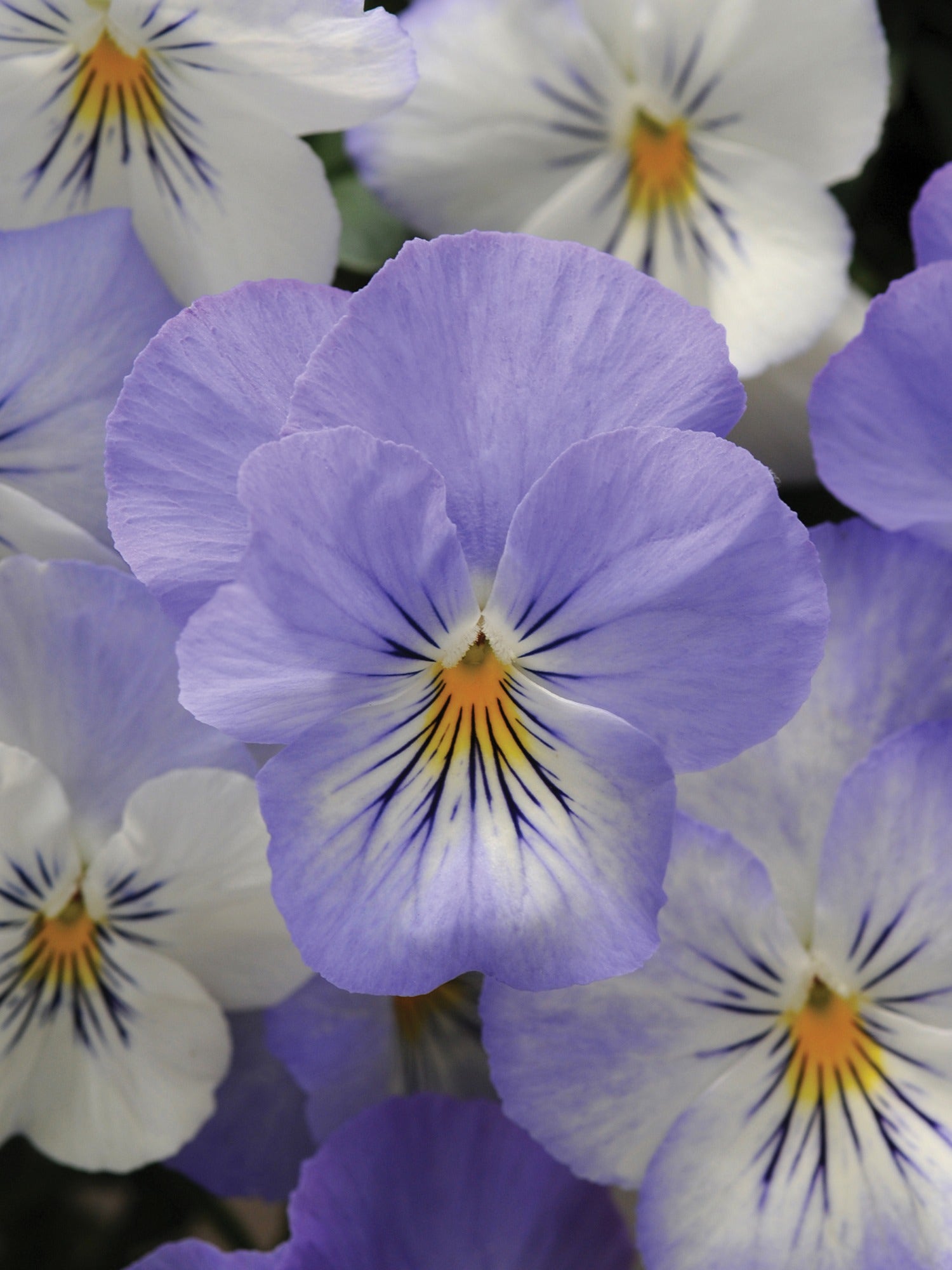
These white and purple pansies will add color to your yard. Whether in the borders or pots, these shade-tolerant plants are small but mighty.

Rachel is a gardening editor, flower grower and floral designer. Her journalism career began on Country Living magazine, sparking a love of container gardening and wild planting. After more than a decade writing for and editing a range of consumer, business and special interest titles, Rachel became editor of floral art magazine The Flower Arranger. She then trained and worked as a floral designer and stylist in London for six years, before joining the Homes & Gardens team.
4. Impatiens
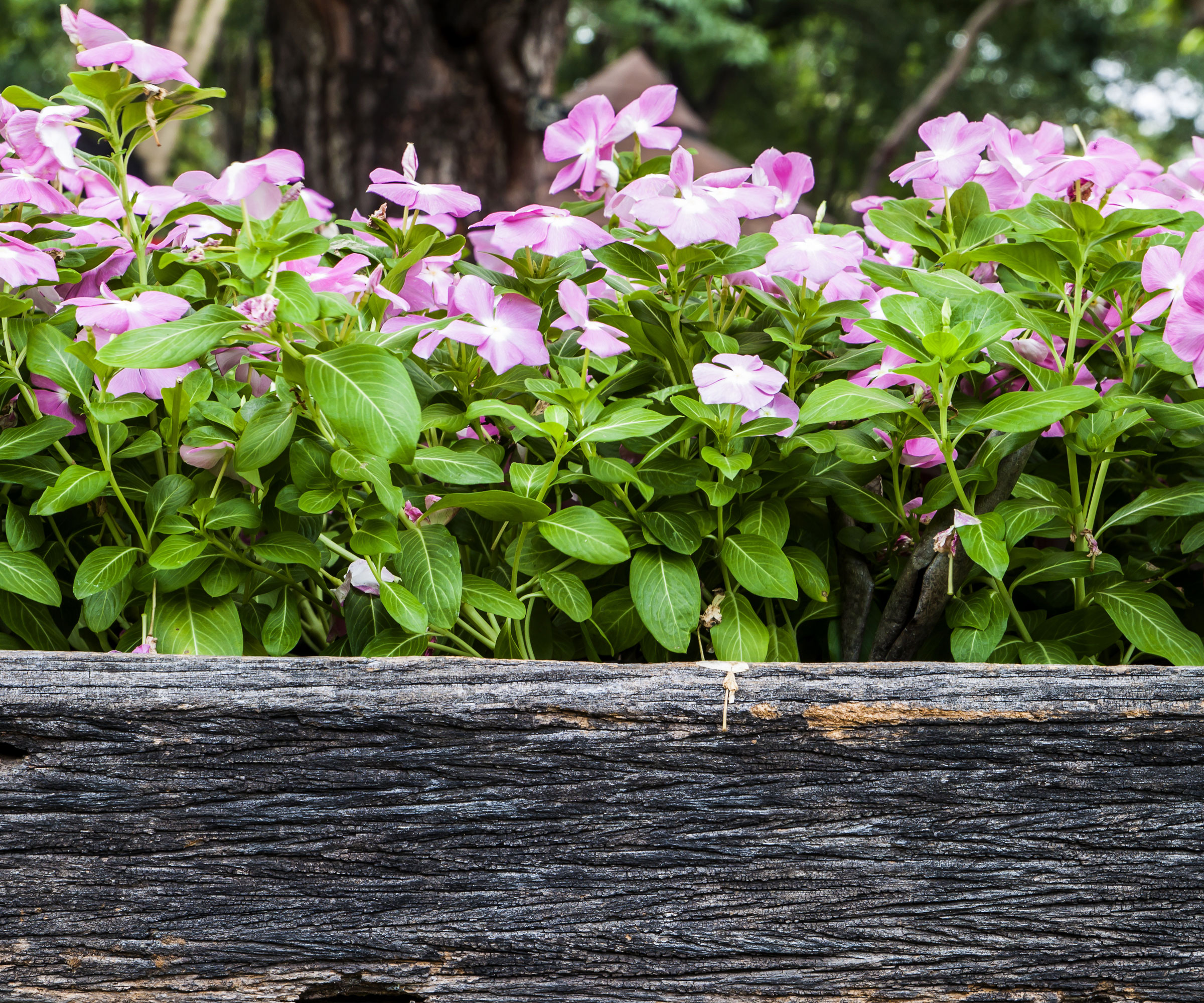
Often considered one of the best container plants for shade, impatiens are popular and colorful flowering annuals for partial or full shade. These classic cottage garden plants will bloom for months and months, lasting until the temperatures drop in the fall.
'Many gardeners value impatiens for their long-lasting blooms,' says Lee Miller, 'often lasting from spring until the first frost.' Growing in a mounding habit, impatiens will reach a mature size of 1 to 2 feet tall, making them an ideal plant for pots or under mature shrubs in the borders.
'Impatiens are available in an assortment of colors,' Lee continues, 'found in pink, red, white, violet, coral and white.'
For beginners, Lee recommends growing the New Guinea varieties, or disease-resistant cultivars such as Beacon and Imara XDR.
As these annuals can bloom for long periods, it can help to fertilize them during the growing season using an organic bloom booster, available from Walmart.
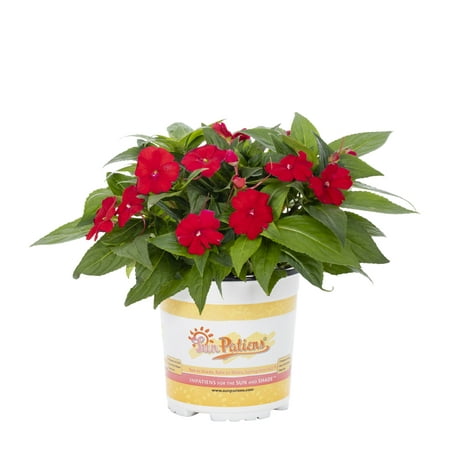
With deep red blooms, these live impatiens plants will instantly make an impact whether planted in pots or borders.
5. Bush Violet
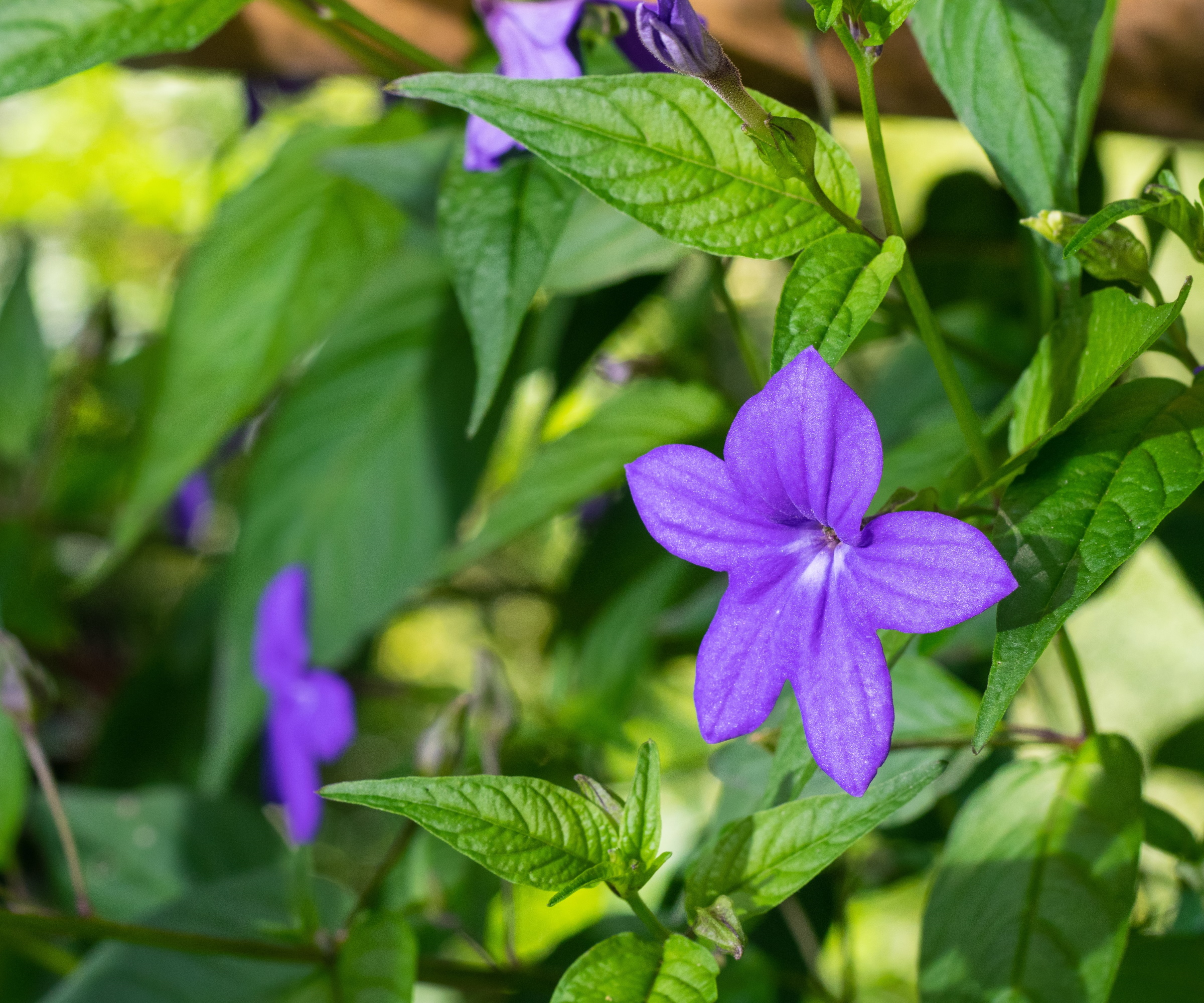
If you are seeking tropical garden ideas, bush violet, or Browallia speciosa, is a beautiful and floriferous summer annual to grow. This plant is a member of the Solanaceae family, commonly known as the nightshades, including well-known crops and flowers such as tomatoes, potatoes and nicotiana.
While mainly grown as an annual, those residing in US hardiness zones 10 and above will be able to keep bush violet alive through the equatorial winter.
'Bush violets are easy-care annuals that are surprisingly low-maintenance,' says Lee. 'These plants are ideal for shade, growing well in darker spots. They produce star-shaped purple, blue or white blooms, growing to a height and width of 1 to 2 feet.'
Lee recommends using bush violet for lining paths or 'cascading over walls and hanging baskets. You can also give your plant a boost by using a small amount of fertilizer when planting.'
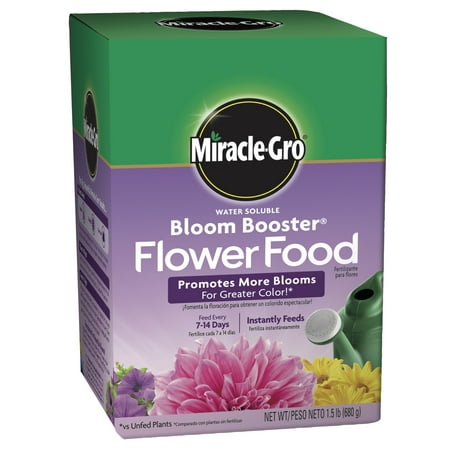
This bloom booster fertilizer will help to give your prized plants all they need during the spring and summer to produce as many flowers as possible.
6. Coleus
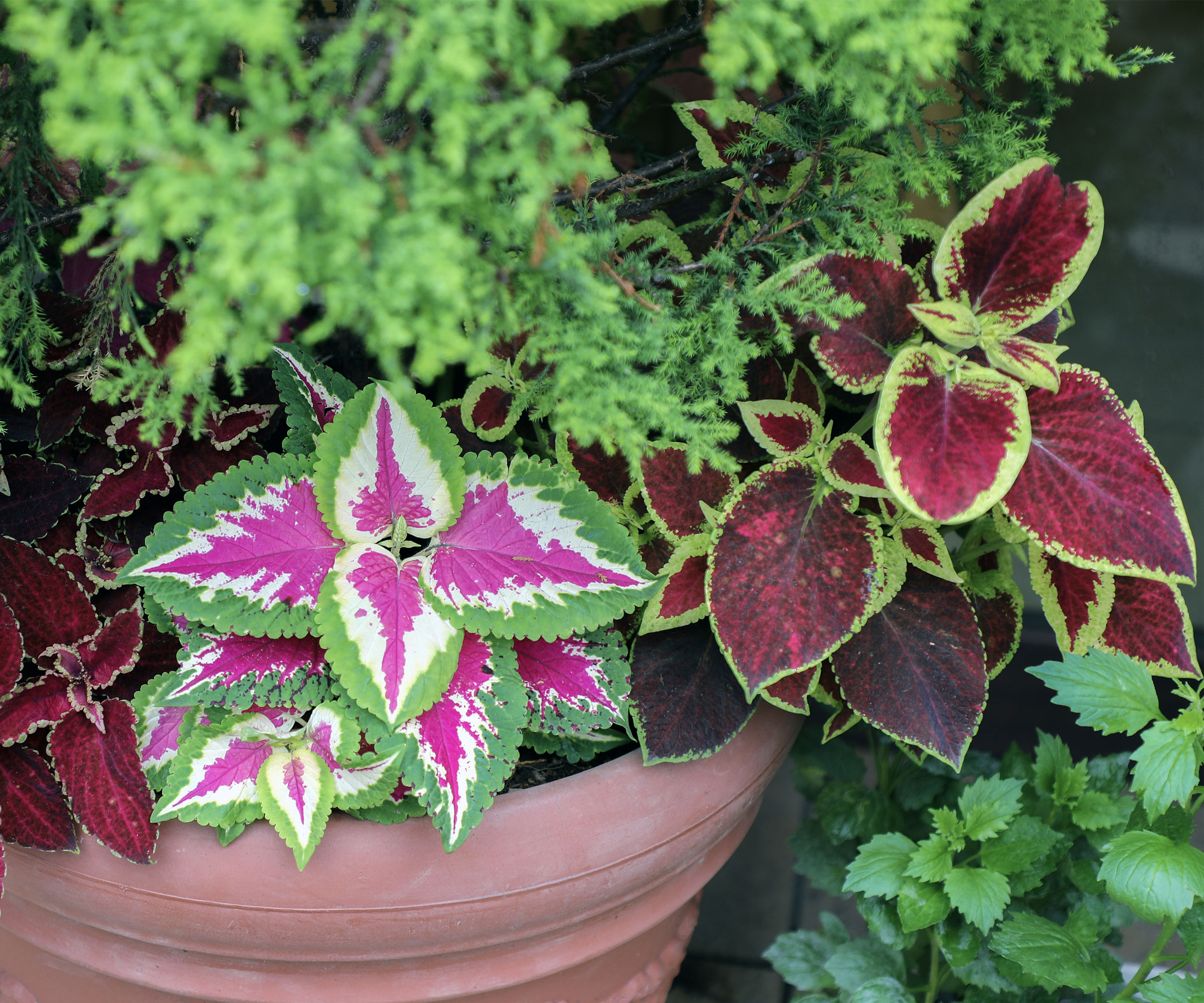
Coleus are ornamental plants, celebrated for their unusual and vibrant foliage. While the green, red and pink leaves might not suit everyone's taste, if you are looking for bright and dramatic foliage, coleus plants are sure to add impact to borders for the summertime.
These plants do best when grown in shady yards, thriving in warm and humid places. I would pair coleus with other tropical-looking plants, such as begonias or impatiens. In southern regions, these plants can be grown as perennials, but typically in cooler zones, they are treated as annual plants.
Fortunately for gardeners, learning how to propagate coleus is straightforward, and cuttings can be taken during the growing season using fresh new growth. If you have a heated greenhouse or space indoors, you can protect your coleus cuttings during the cooler months in the hope of bringing them outside again next year.
Coleus plants and seeds are available to order online from Burpee.
FAQs
What shady annual can be grown in a pot?
All of the plants listed here can be grown in pots in a partially shaded area, such as a patio with morning sun and afternoon shade. For colorful and long-lasting displays, I would recommend planting begonias and pansies in pots. These low-maintenance plants are sure to give you plenty of floral interest right through until the fall.
By growing some of the best part-shade annuals, you can add striking flowers and foliage to even the shadiest of spots. Be sure to water and feed your annuals regularly during the warmest months, helping your plants to bloom for as long as possible. For more advice on shade gardening, see our article on can roses grow in the shade, or for advice on the best annuals to grow, see our guide on how to grow nicotiana.
Sign up to the Homes & Gardens newsletter
Design expertise in your inbox – from inspiring decorating ideas and beautiful celebrity homes to practical gardening advice and shopping round-ups.

Thomas is a Content Editor within the Gardens Team at Homes and Gardens. He has worked as a professional gardener for both public spaces and private estates, specializing in productive gardening, growing food and flowers. Trained in Horticulture at the Garden Museum, he has written on gardening and garden history for various publications, including The English Garden, Gardens Illustrated, Hortus, The London Gardener and Bloom. He has co-authored a Lonely Planet travel book, The Tree Atlas, due out in 2024.
-
 Courtney Love's historic loft combines rock star luxury with raw New York bones – it's on the market for almost $9.5 million
Courtney Love's historic loft combines rock star luxury with raw New York bones – it's on the market for almost $9.5 millionThe singer's former SoHo home features exposed brick walls, original wooden columns, a gas fireplace, and high ceilings – take the tour
By Hannah Ziegler
-
 Triangular shaped garden ideas – landscape designers share 9 ingenious ways to redesign your corner plot
Triangular shaped garden ideas – landscape designers share 9 ingenious ways to redesign your corner plotExpert tips for planning, planting and finessing a triangular shaped plot, so you can savour the space year round
By Jill Morgan
-
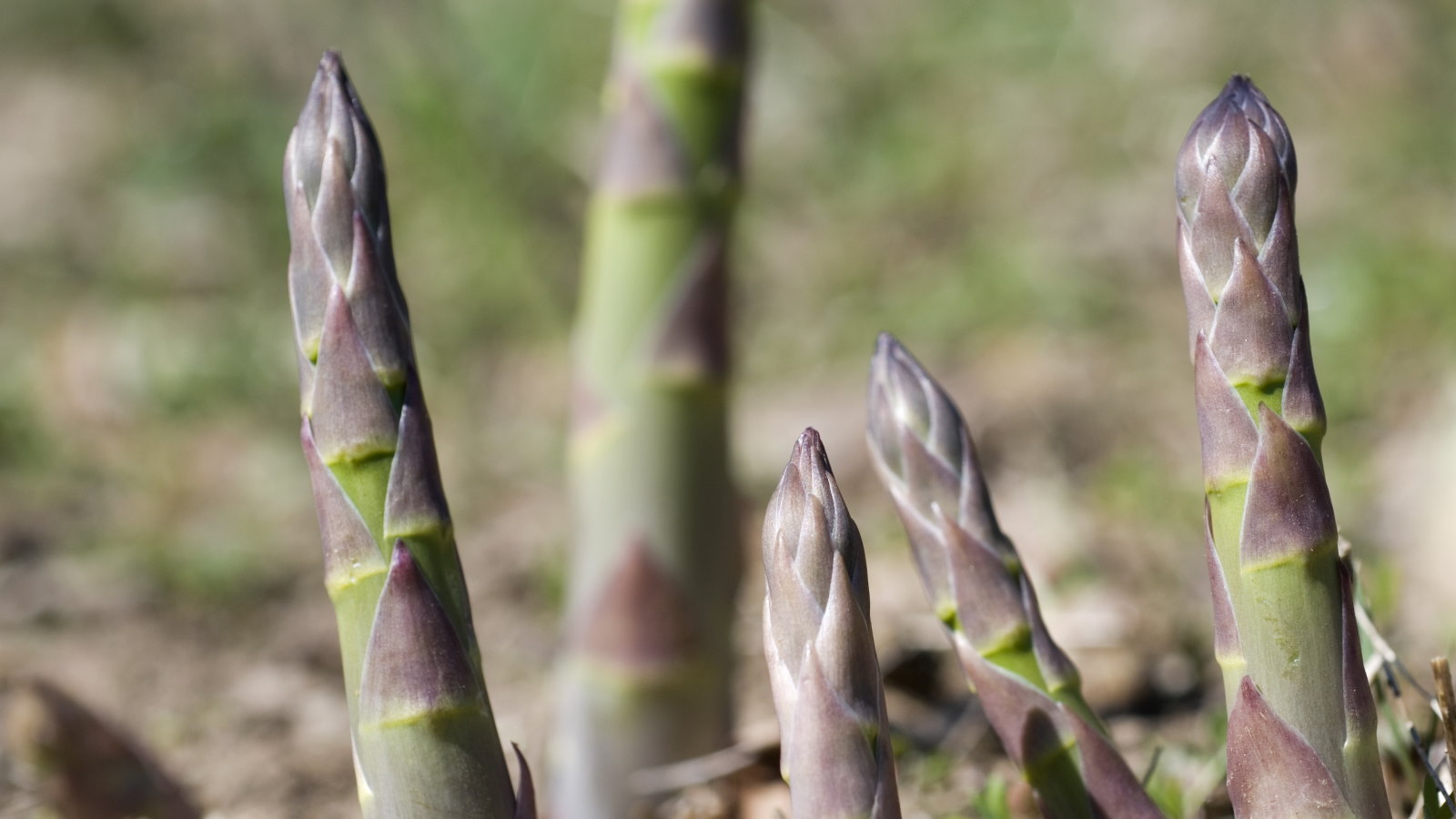 When and how to divide asparagus – expert tips to rejuvenate older plants for better yields
When and how to divide asparagus – expert tips to rejuvenate older plants for better yieldsDividing asparagus crowns is simple and rewarding, but you must get the timing right
By Drew Swainston
-
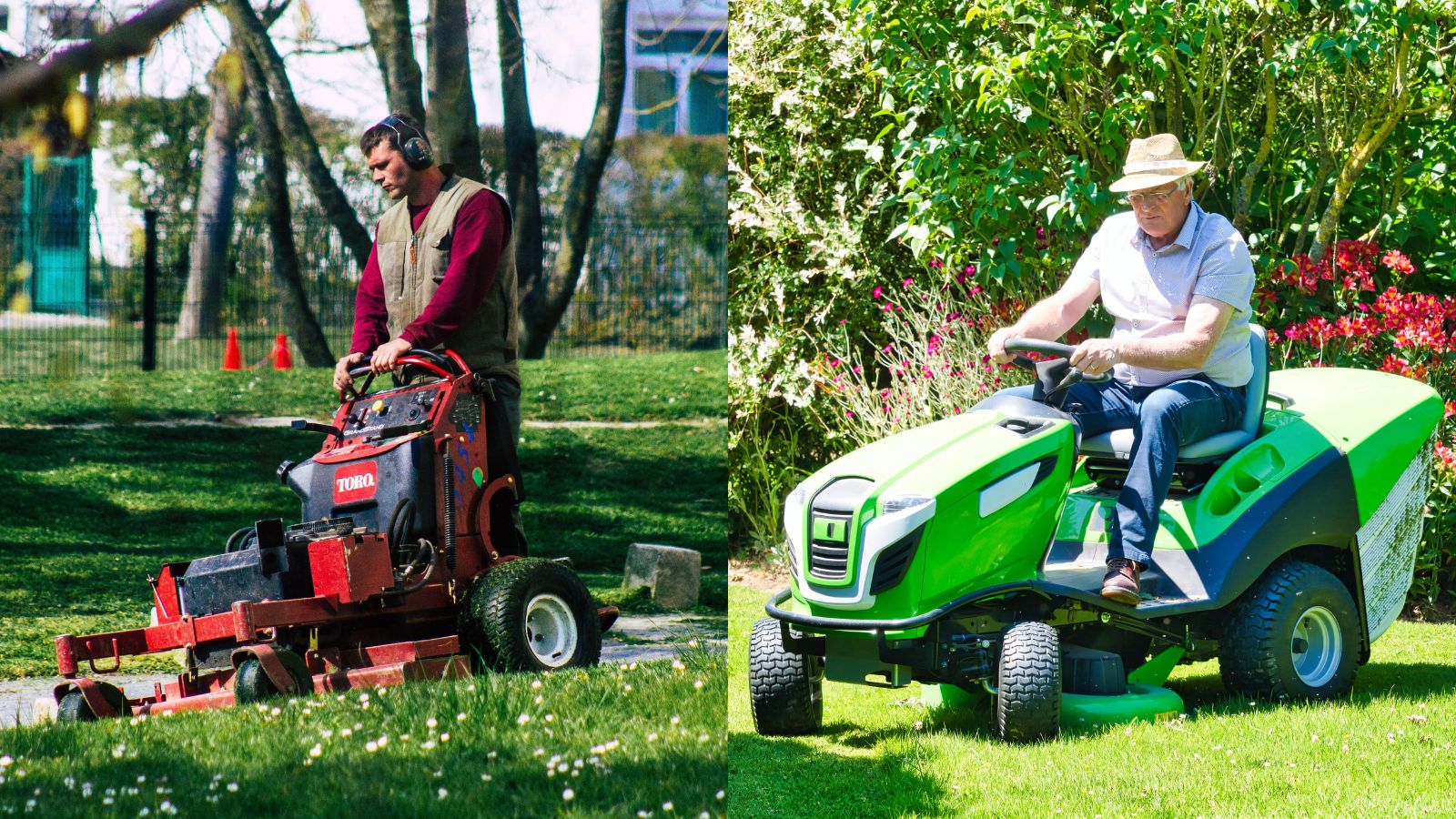 Standing mowers vs riding mowers – a mowing expert reveals which is best
Standing mowers vs riding mowers – a mowing expert reveals which is bestStanding mowers vs riding mowers is a heated debate among landscapers. I spoke to a landscaping expert to find out if standing mowers really are the best
By Alex David
-
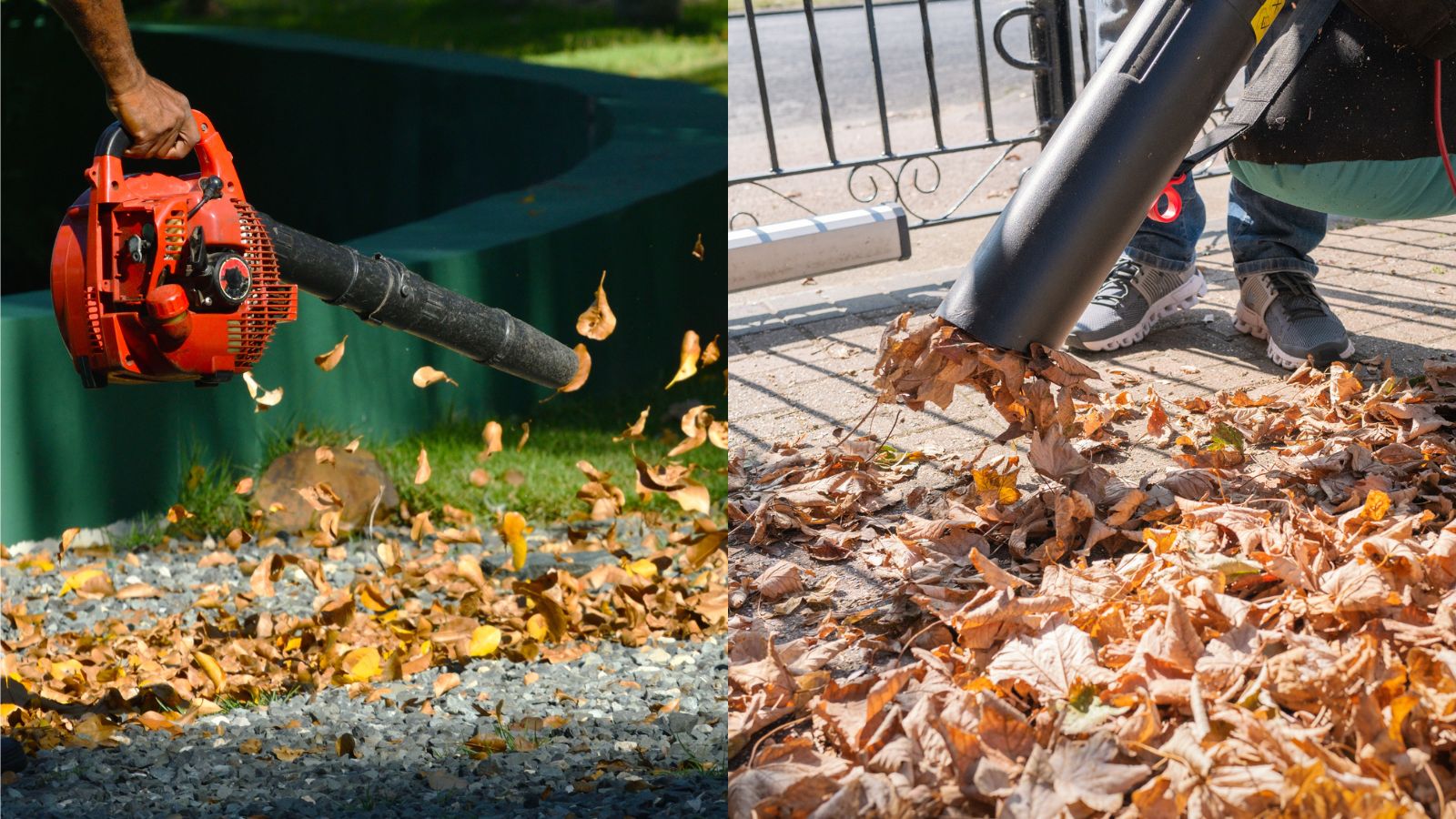 Leaf blowers vs leaf vacuums – which is best for your yard, and should you bother with either?
Leaf blowers vs leaf vacuums – which is best for your yard, and should you bother with either?It's not obvious which is best between leaf blowers v leaf vaccums. As a product tester, this is all you need to know about these controversial yard tools
By Alex David
-
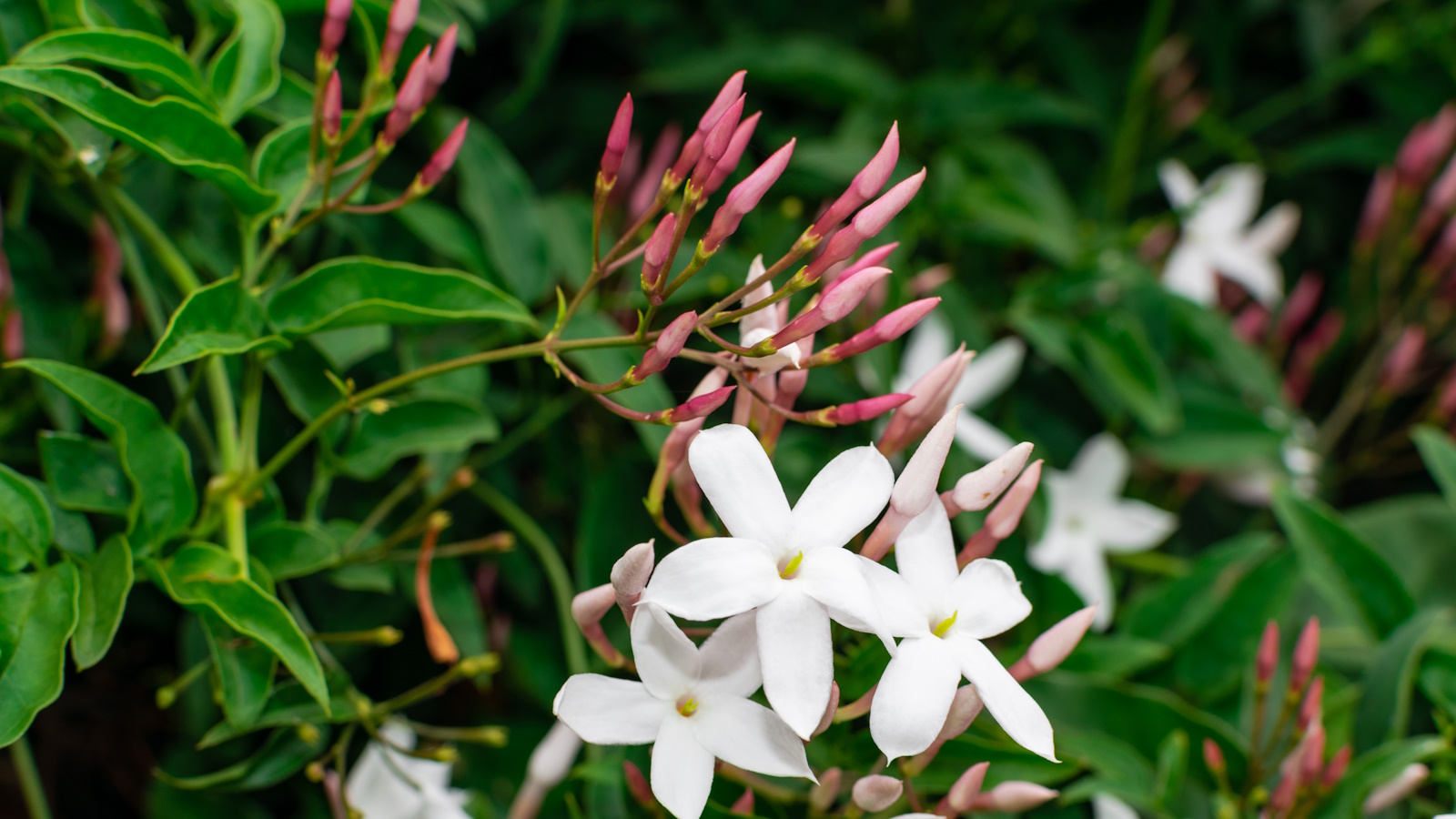 Pruning jasmine in late summer will ensure your plants bloom better than ever next year
Pruning jasmine in late summer will ensure your plants bloom better than ever next yearTiming is critical when pruning summer-flowering climbers
By Thomas Rutter
-
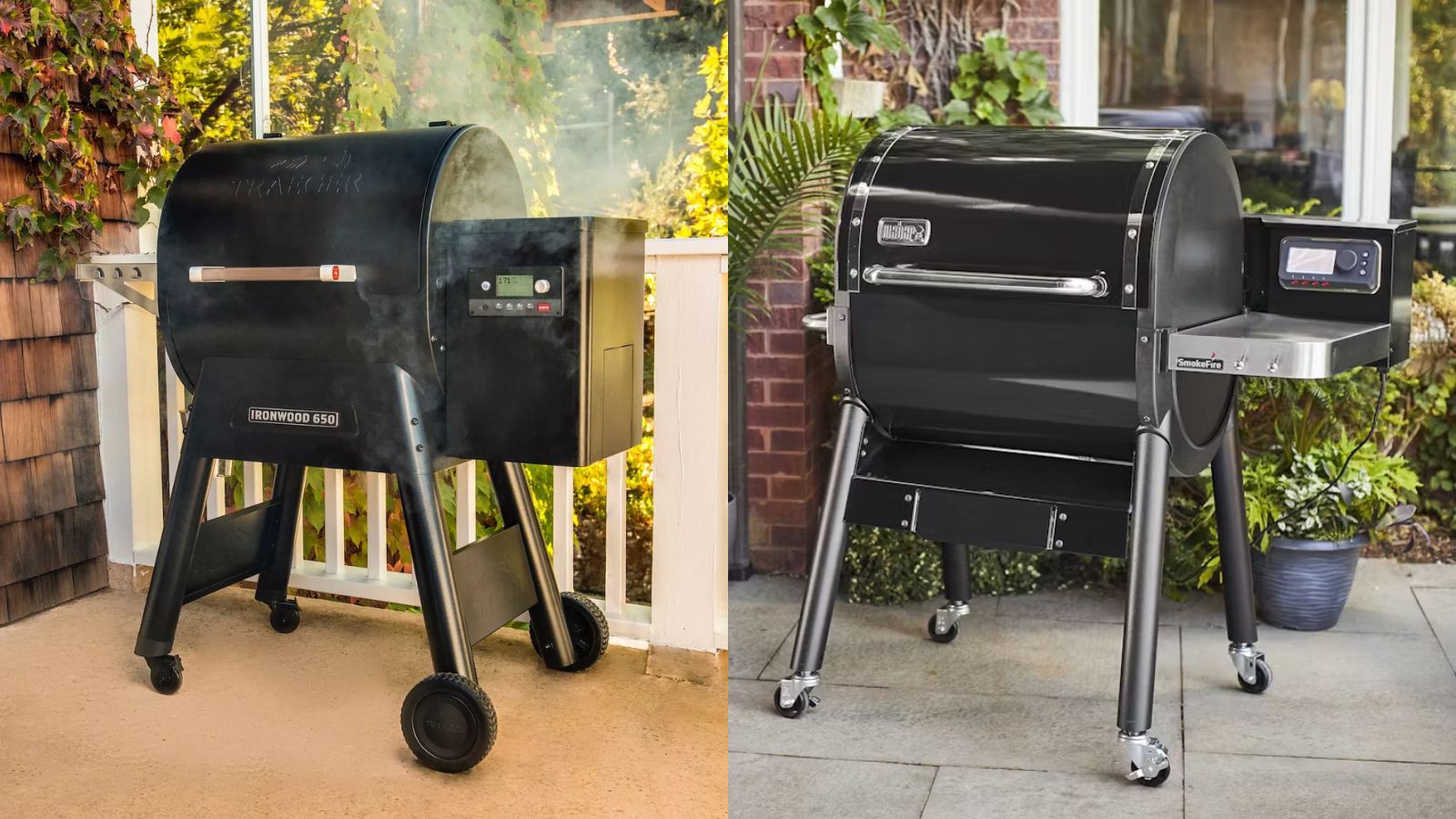 Weber vs Traeger – which pellet grill should I buy? Advice from a product tester
Weber vs Traeger – which pellet grill should I buy? Advice from a product testerThey're two titans of the grilling game, but who comes out on top between Weber vs Traeger? As a product tester, this is all you need to know about the brands
By Alex David
-
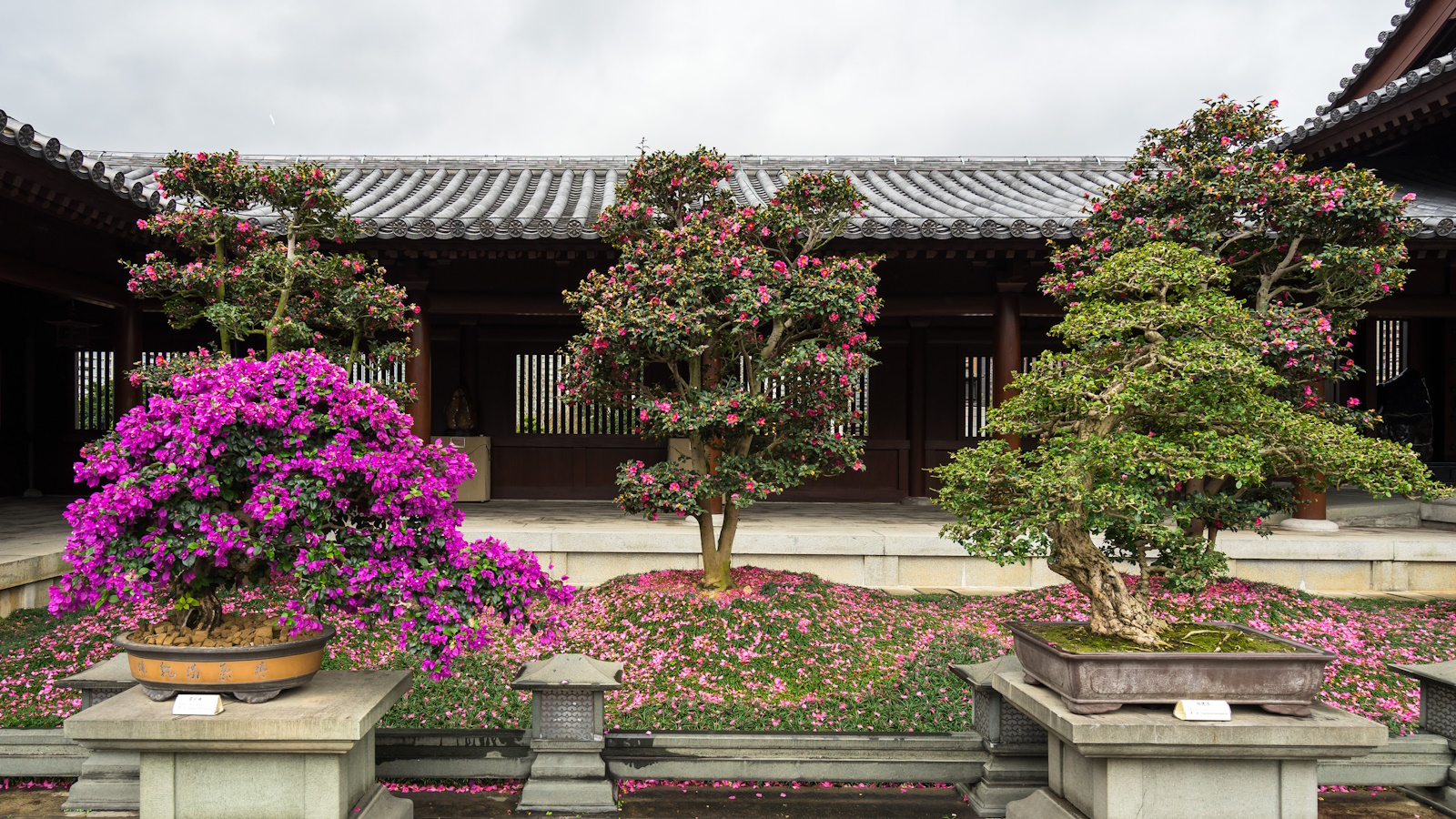 Bougainvillea in miniature – with a little patience, anyone can grow these vibrant plants in bonsai form
Bougainvillea in miniature – with a little patience, anyone can grow these vibrant plants in bonsai formGrowing bougainvillea bonsai trees can add impact to even the smallest of spaces
By Thomas Rutter
-
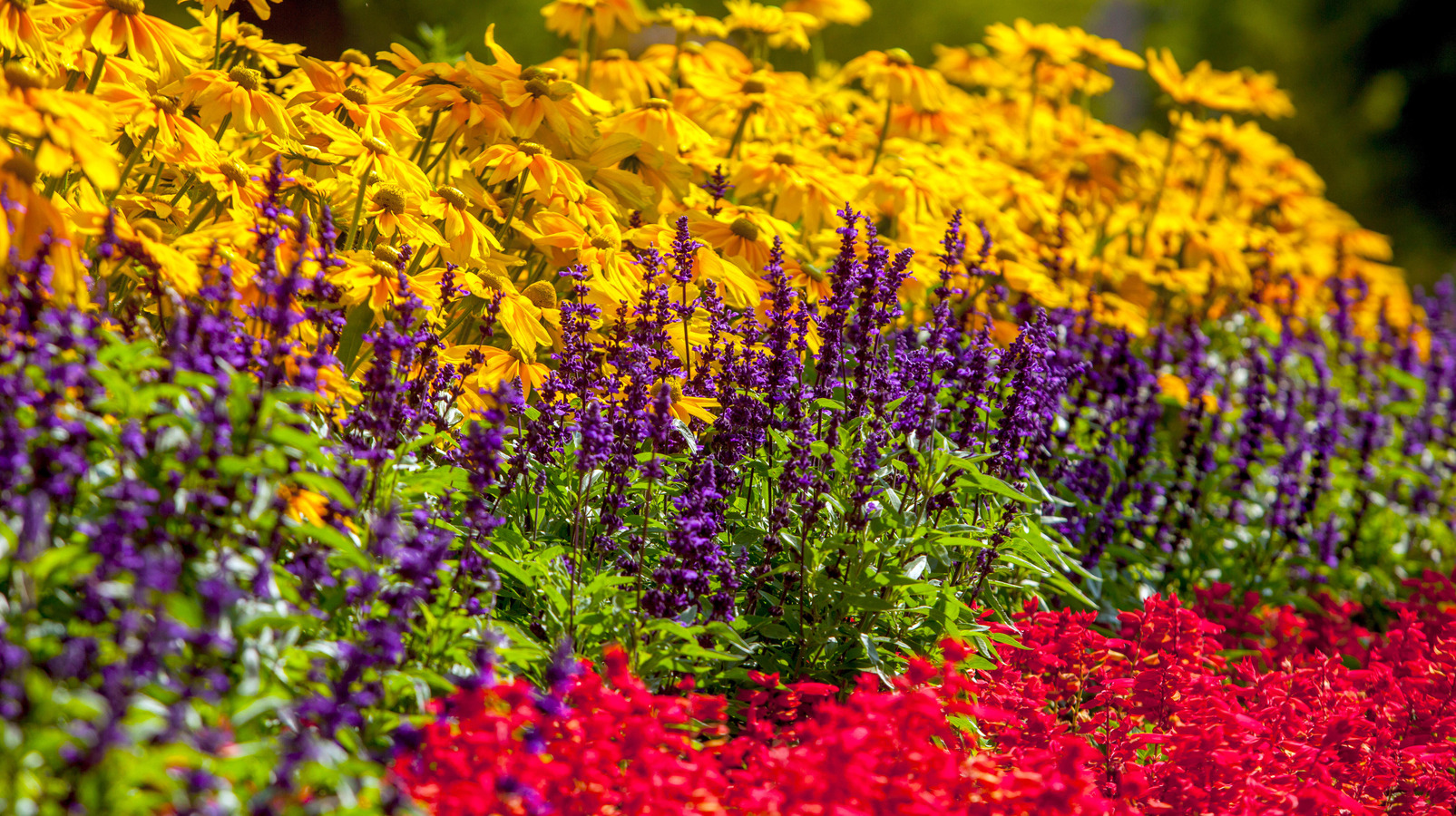 10 low maintenance, drought tolerant plants – for a beautiful and undemanding landscape
10 low maintenance, drought tolerant plants – for a beautiful and undemanding landscapeExpert plant picks for a thriving dry garden, that will make life easier and more colorful
By Jacky Parker
-
 How to grow eastern redbuds – the cherished native tree with striking spring blooms
How to grow eastern redbuds – the cherished native tree with striking spring bloomsAdaptable and reliable, eastern redbuds are tough trees that will not disappoint
By Thomas Rutter